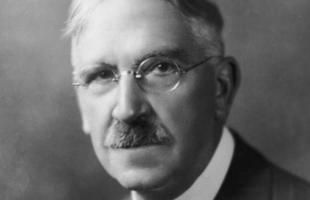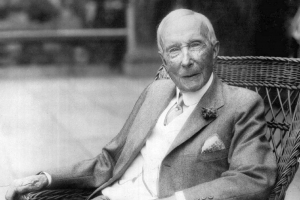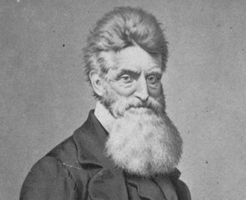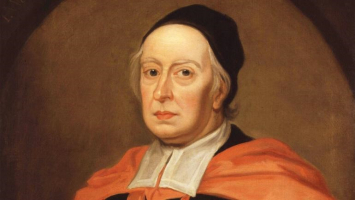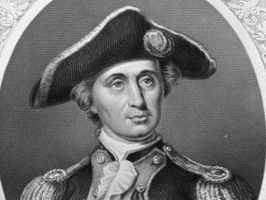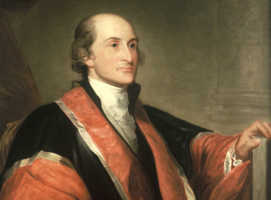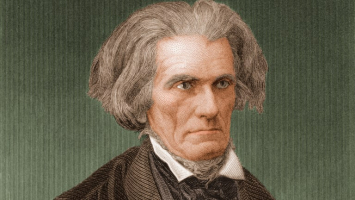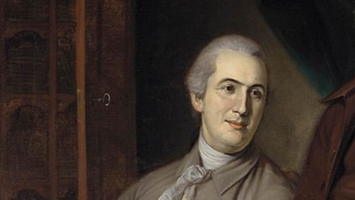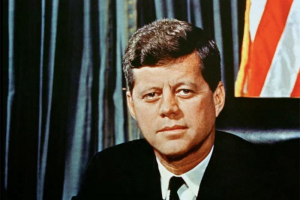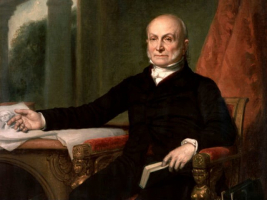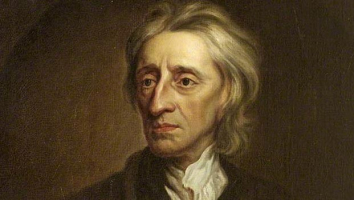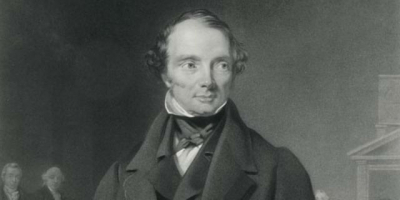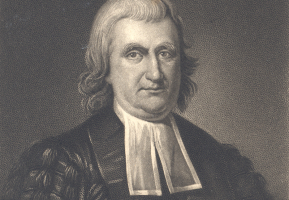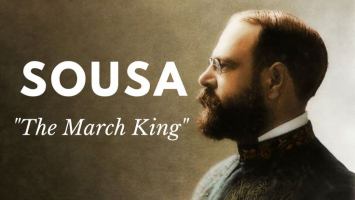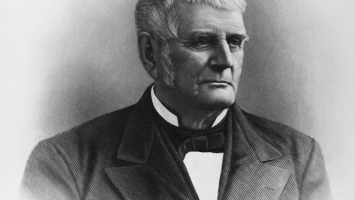Top 10 Interesting Facts about John Keats
John Keats (October 31, 1795 – February 23, 1821), who is now considered as one of the greatest English poets, lived a tough existence and passed away at age ... read more...25 in obscurity. He was a member of the Romantic poetry movement, which emphasized individualism, emotion, and the past while exalting nature and the past. The Odes of 1819, a collection of six odes, are among John Keats' most well-known compositions. The most intriguing facts about John Keats are highlighted in this article, including how reading Spencer's "Faerie Queene" helped to spark his creativity, his friendship with William Wordsworth, the family tuberculosis curse, and his unique gravestone. Here are the top 10 interesting facts about John Keats.
-
Before his eighteenth year, Keats was unaware of his poetic aptitude, and his exceptional development as a poet in such a short period of time is regarded as an impressive accomplishment. Charles Cowden Clarke and Charles Brown, who were close friends with Keats, claimed that Spencer's "Faerie Queene" may have sparked the poet's brilliance. Spencer had been introduced to Keats by Cowden, who had read him the Epithalamion one afternoon, and the poet had enthusiastically asked to borrow the "Faerie Queene" that same evening.
It's possible that Spenser, who has a reputation for inspiring young people to adore poetry, had a mystical effect on Keats. The brothers of Keats supported the poet's unexpected rise to poetic prominence. Moreover, Charles Brown positively remembered that it was the inspiration of the “Faerie Queene” that drew Keats towards attempting his hand at poetry. Imitation of Spenser may also be seen in his first volume of poems.
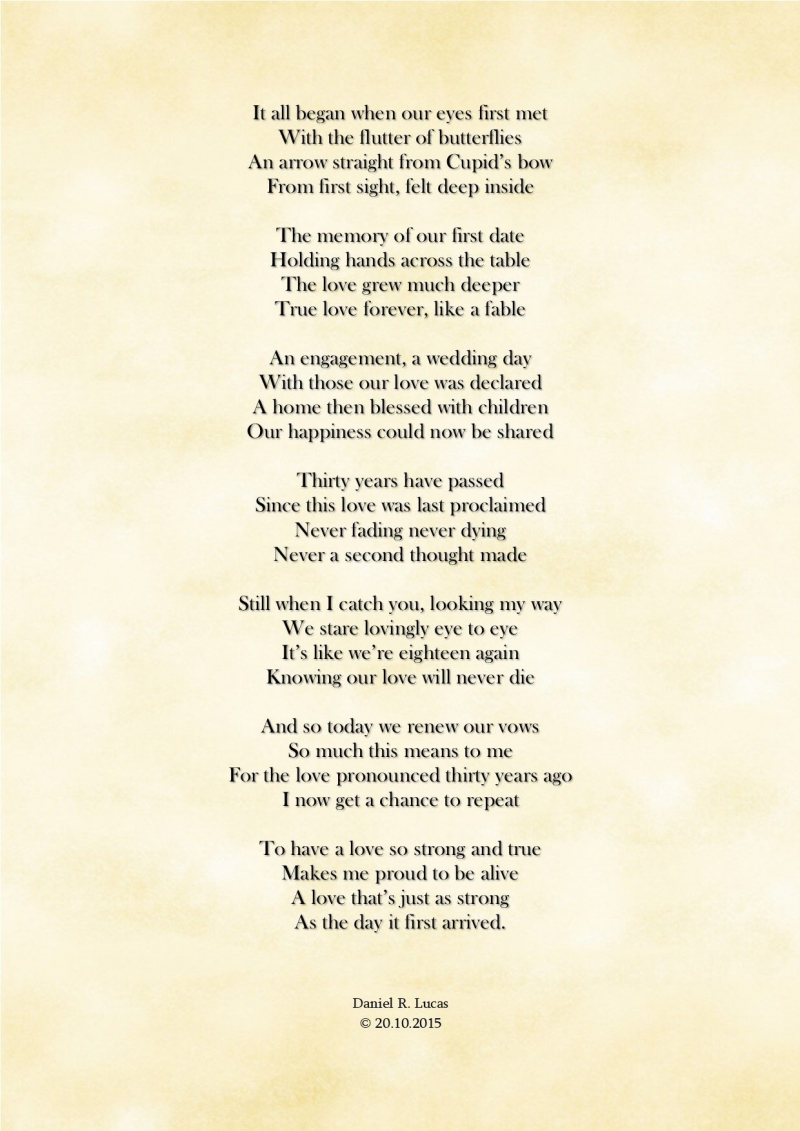
Source: Pinterest 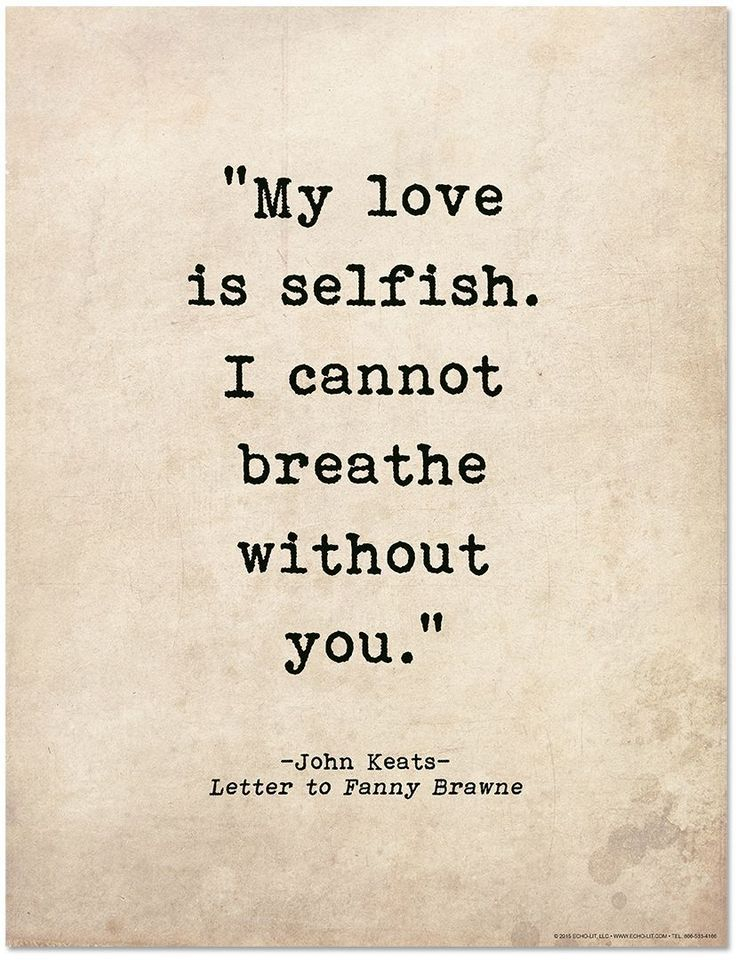
Source: Pinterest -
When Keats was writing on his iconic poem "Endymion," William Wordsworth was a middle-aged man and a well-known poet. When the senior poet and Keats met, he always acted graciously and kindly. However, Wordsworth was unable to appreciate or care about any other contemporary poetry than his own, and he was unable to provide Keats the kind of constructive critique that would have meant the world to the latter. Keats and Wordsworth attended a meeting at Haydon's (an artist and Keats acquaintance) workshop sometime in late 1817 or early 1818. Here, Keats' friends persuaded him to deliver the "Hymn to Pan" from Endymion to Wordsworth in exchange for the senior poet's wisdom. According to Haydon the recitation met with a cold response from Wordsworth, who dryly called it “a very pretty piece of Paganism” and said nothing more. In Haydon’s account, Keats never forgave Wordsworth for this sly comment.
The fervor with which Wordsworth perceived nature is what gives his poetry its power. Wordsworth seeks solace in nature because he is weary of the world that humans have made. Wordsworth connects natural things and emotional freedom in his poetry. For Wordsworth, each feature of nature has a unique significance. Keats, like Wordsworth, harnesses the power of his imagination and uses it to break free from the confines of his prison-like reality. However, unlike Wordsworth, who emerges from his journey with a fresh perspective and a hopeful outlook on his current circumstances, Keats is brought back to his original state, confused and unsure of whether he is awake or asleep.
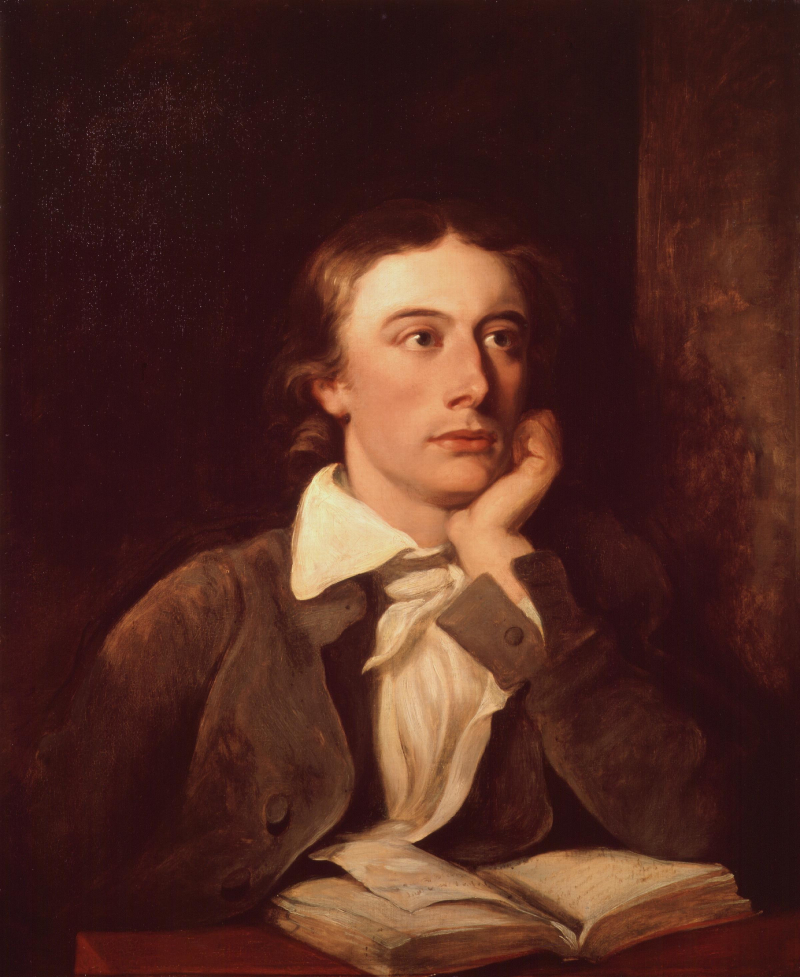
Source: art-sheep.com 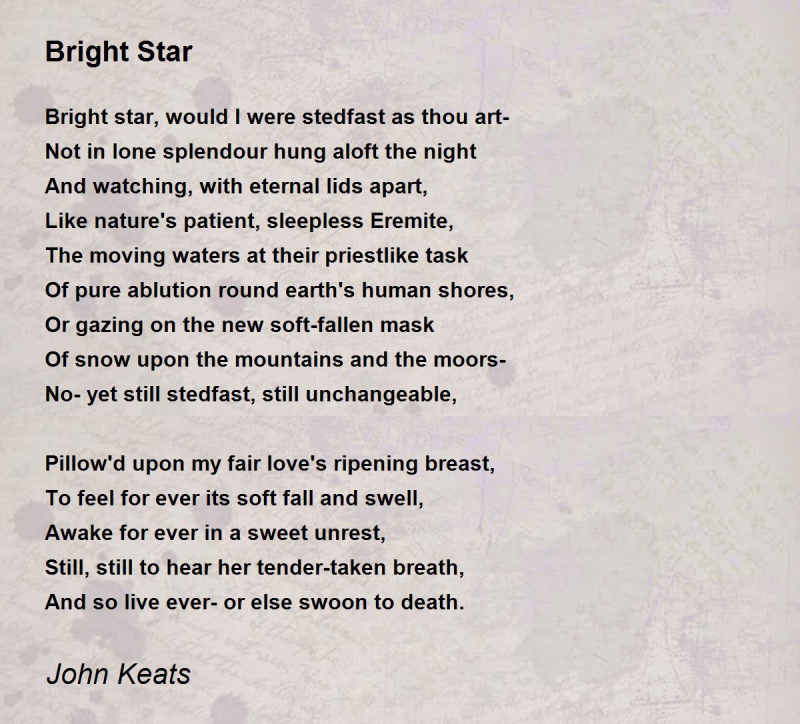
Source: PoemHunter -
The poets John Keats, P.B. Shelley, and Leigh Hunt once engaged in a friendly competition in February 1818. Each person had a quarter-hour to complete a sonnet, with the river Nile as the only acceptable subject. Hunt had to stay up all night to finish his poem while Shelly and Keats were awake. Hunt once again outperformed the two great poets, making the effort and time invested worthwhile. Years after Keats's passing in 1838, his Petrarchan-style sonnet would be published. Even after Shelley's passing in 1876, his version would continue to be published. The poems show what the great poets were capable of in 15 minutes. The accumulated rains keep coming, soaking those hidden Ethiopian valleys month after month.
Fields of damp snow partially depend on the ice-covered pinnacles of the desert, where heat and cold meet in an odd embrace on the Atlas mountain range. There are explosions and meteors there. With quick spells urging those waters to a great end, the tempest resides beside the aerial urn of the Nile. Over Egypt's field of memory, floods are level and yours, O Nile—and you know full well that wherever you flow, soul-defeating airs and blasts of evil, fruits, and poisons sprout. Be careful, man; knowledge must always be to thee, as the mighty flood to Egypt.
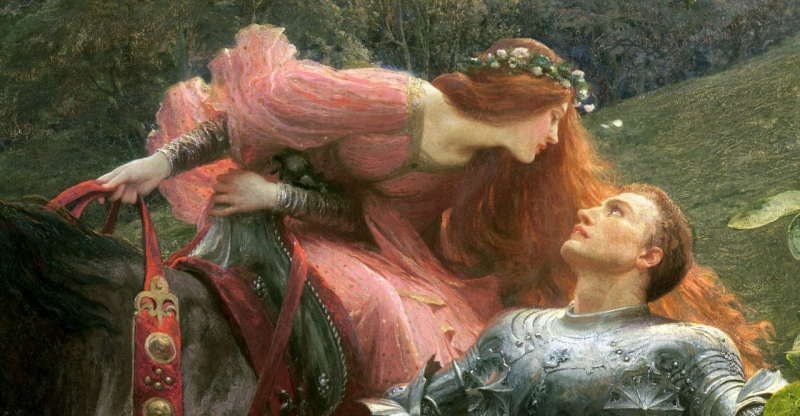
Source: mythcrafts.com 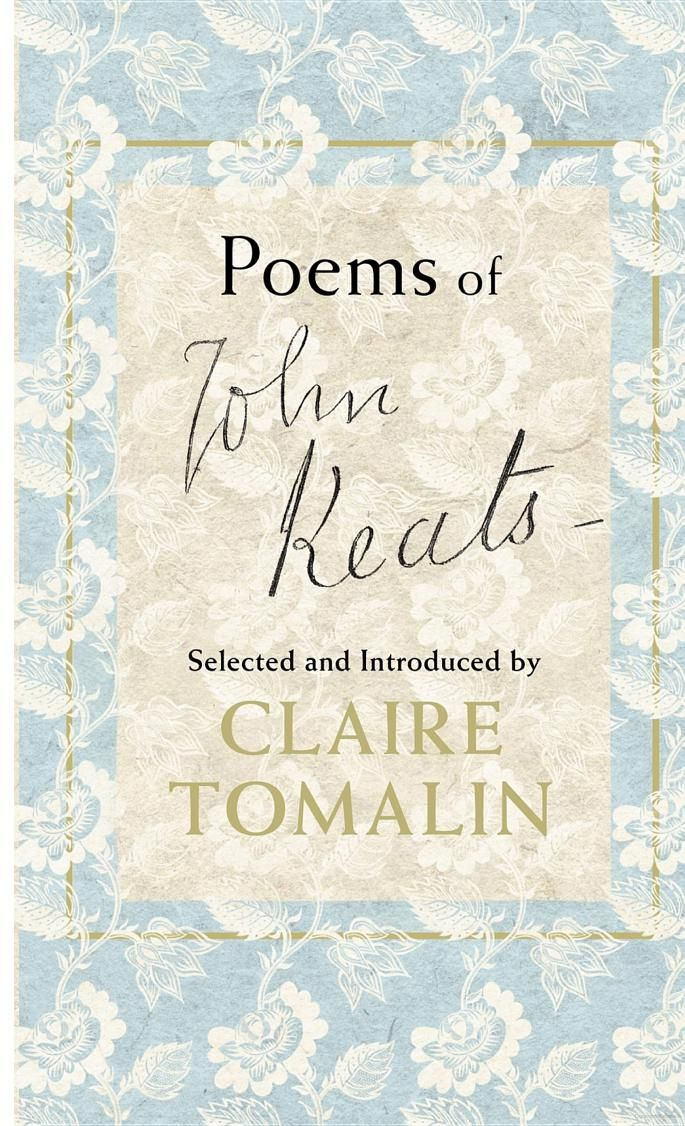
Source: Pinterest -
Throughout Keats' life and times, pulmonary TB, usually referred to as consumption in 19th-century England, posed a constant threat. Due in part to rising urbanization and industrialisation, the disease had developed into a serious public health concern throughout the European continent by the 19th century. Nearly 40% of all deaths among the working class were caused by tuberculosis at its height, which at the time afflicted 70–90% of the urban population in Europe. Further evidence of the disease's lack of awareness was the infrequent use of preventative measures.
One of the numerous families affected by Consumption was the Keats family. Keats' maternal uncle, who was revered by the Keats children, passed away from the illness when he was 12 years old. The death of their mother from the same disease occurred two years later, in 1910. The family would continue to suffer from the disease's curse. Tom, Keats' adored brother, contracted the illness in 1817 and passed on the following year. The sickness would affect Keats personally in 1819, and he would succumb to it in February 1821. George Keats, the lone surviving brother who had immigrated to America in 1818, would pass away from the illness almost 20 years later.
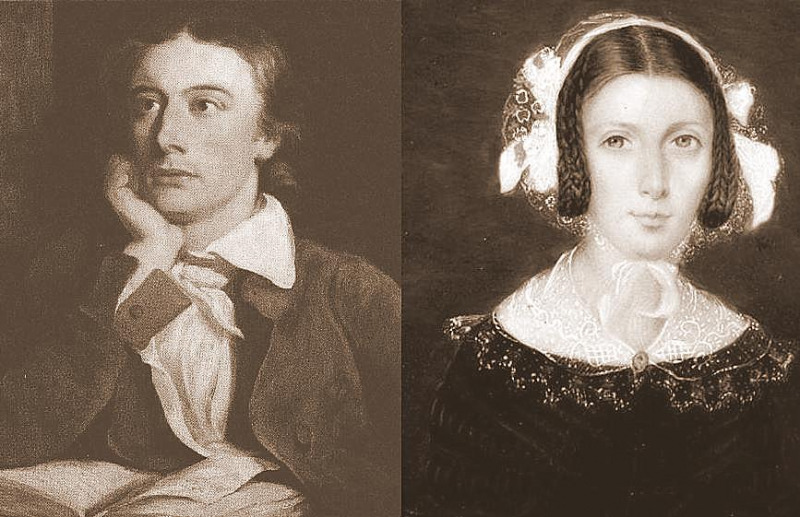
Source: cristianaziraldo.altervista.org 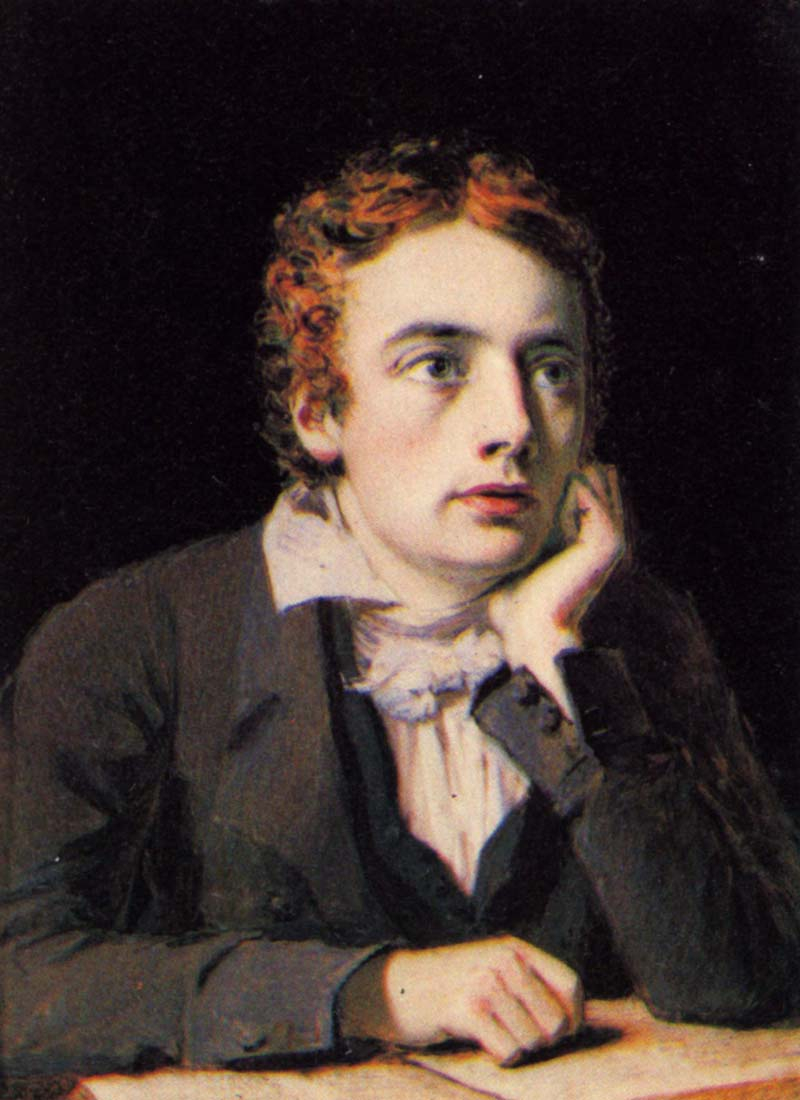
Source: abolitionist.com -
At the advice of friends and medical professionals who believed that the warmer temperature may benefit his health, Keats spent the final few months of his life in Rome. The artist Joseph Severn, a close friend who would stay with Keats until his passing in February 1921, was caring for and nursing him at this point. Keats had asked Severn for something at this point. The play Philaster by Beaumont and Fletcher, written in 1611, may have served as inspiration for the poet's decision to have only the phrase "Here lies One Whose Name was inscribed in Water '' engraved on his headstone. (All of your finer deeds will be written in water, but this one in marble.)
Thus, Keats' friends remembered him as "A young English poet'' on his tombstone at the New Protestant Cemetery in Rome. "This Grave holds everything that was mortal, of a Young English Poet, who on his DeathBed, in the Bitterness of his heart, at the Malicious Power of his adversaries, these wished lines to be Engraved on his TombStone: Here lies One Whose Name was writ in Water," reads the inscription on the tomb. Notably, Charles Brown and Severn, two of Keats' closest friends, inserted the last portion of the inscription after the line. The criticism of Keats' poems left both of them grieving and resentful.
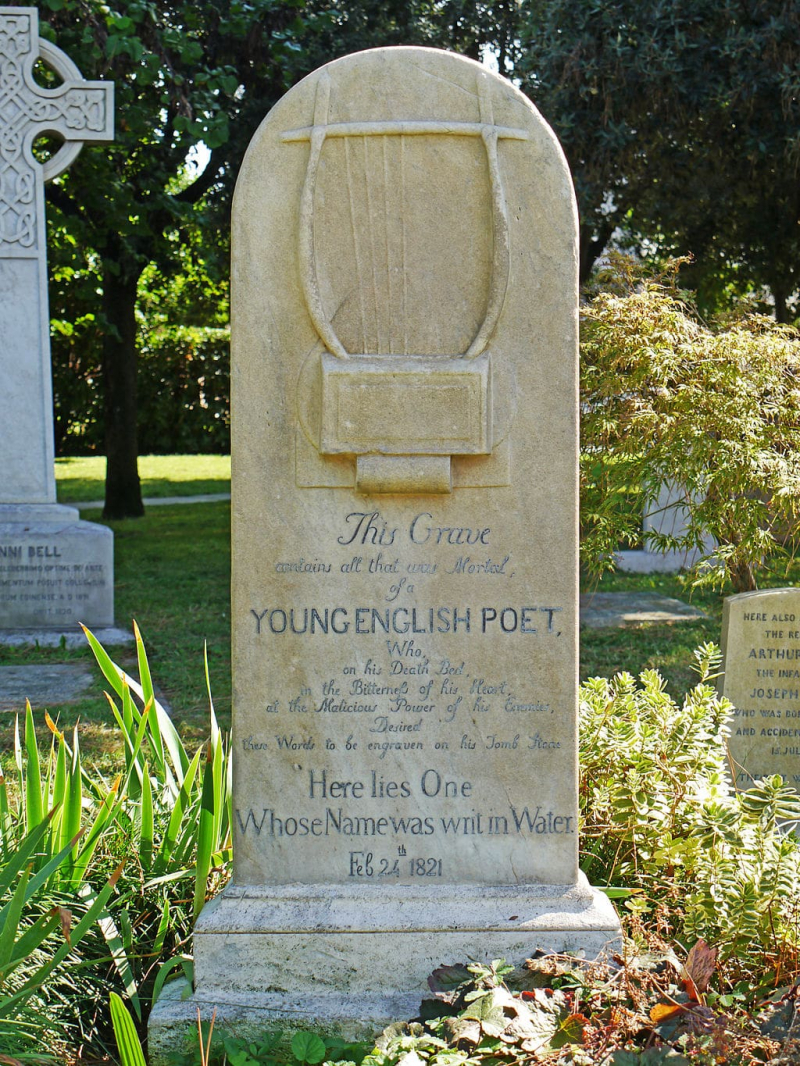
Source: mythcrafts.com 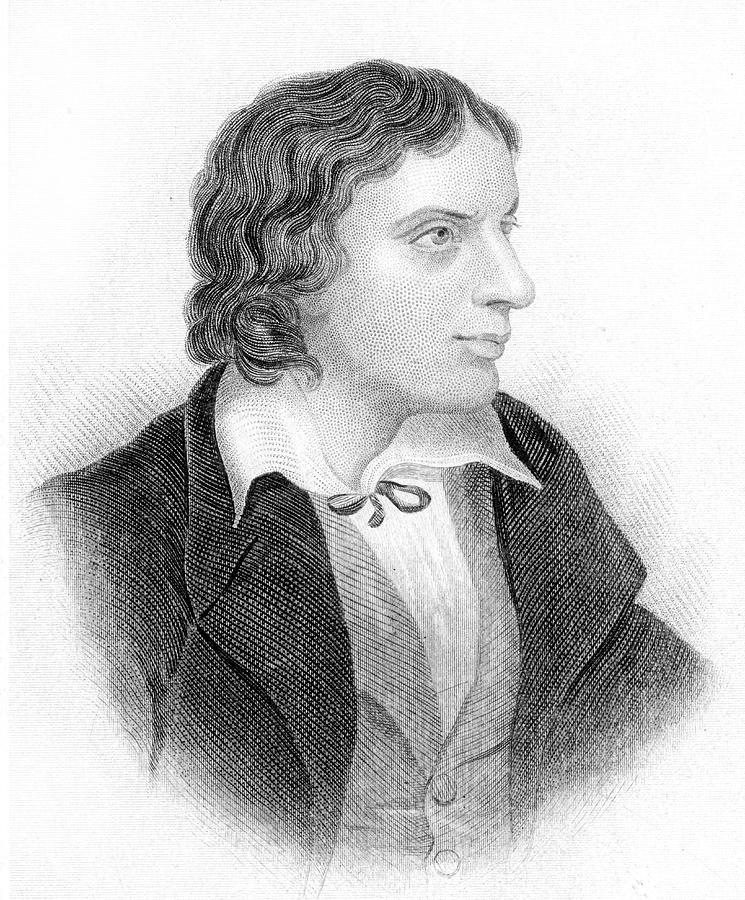
Source: pixels.com -
Early in the 19th century, taking life masks of people was a widespread practice that was strongly supported by the historical painter Benjamin Robert Haydon. John Keats' plaster life mask was taken by Haydon himself in 1816, five years before the poet passed away. This painting is on display at the National Portrait Gallery in London and was commissioned for the poet John Hamilton Reynolds. It is known that a flawed matrix of Keats's Life Mask, which is also attributed to Haydon, existed and was used to make duplicates in the middle of the 19th century.
Another plaster cast was made in Rome to preserve Keats' likeness after his passing on February 23, 1821. From this initial mold, two death masks were later produced. While one went to Keats's publisher, John Taylor, the other was preserved by his close friend and fellow artist Joseph Severn. The two original masks are now gone, however Charles Smith and Sons cast the mask multiple times between 1898 and 1905. There are currently just nine Smith casts thought to exist, according to Christie's, an auction house. Keats's enduring appeal more than 200 years after his passing is evidenced by the rare duplicates created by ancient cast makers like Smith that are now valued collectibles.
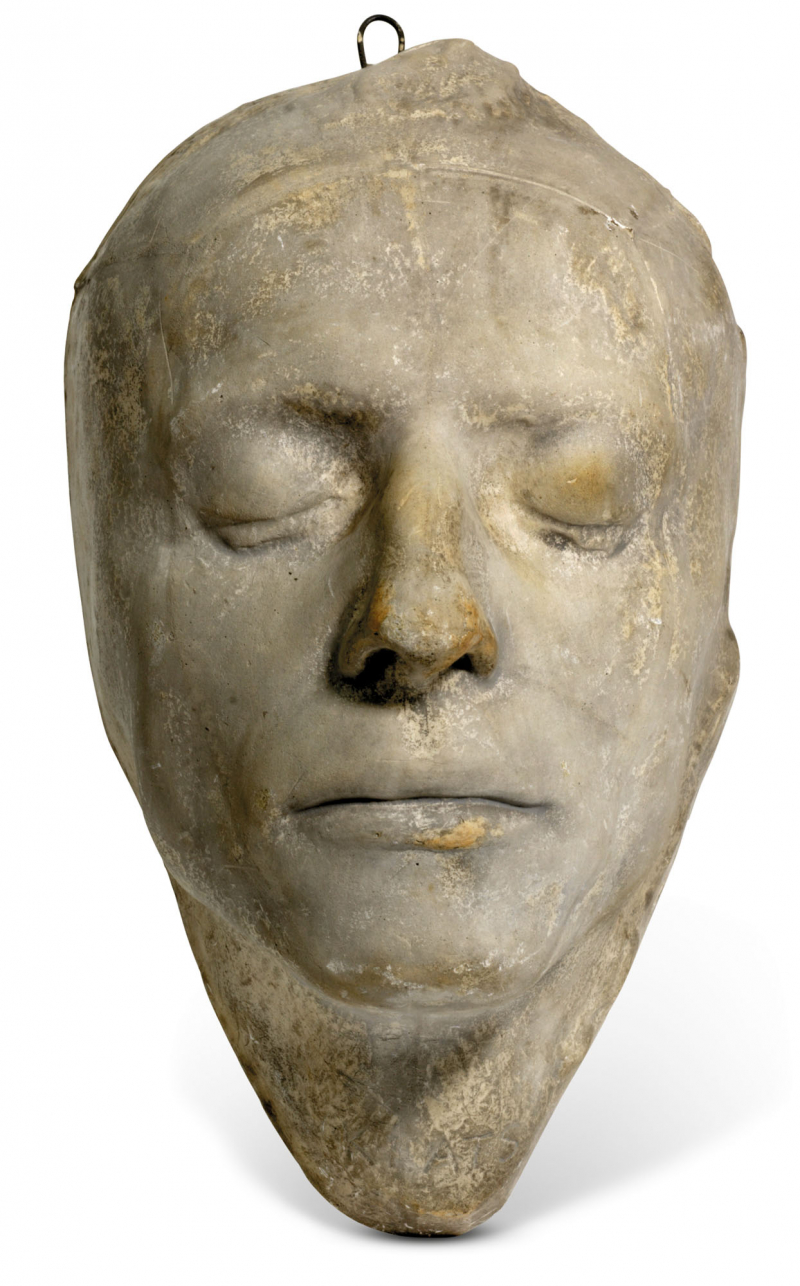
Source: christies.com 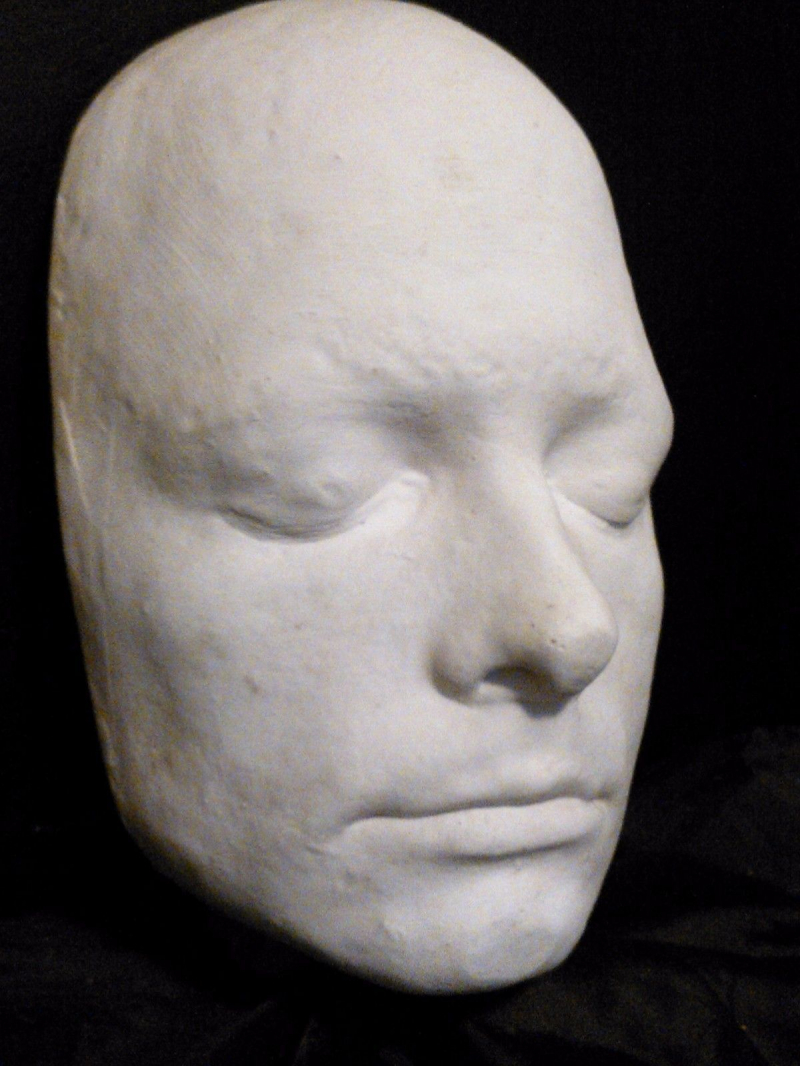
Source: Pinterest -
The first of Thomas and Frances Keats' five children, John Keats was born on October 31, 1795, in London, England. When Thomas first met Frances Jennings, she was working for John Jennings as a stable manager. Thomas, who had a reputation for being charming, vivacious, and respectable, broke down social barriers to win Frances's heart, and the two got married. John's parents showed their kids a lot of love and affection. Particularly John and his mother were quite close.
Keats began his studies in medicine at Guy's Hospital on October 2, 1815. He was a diligent (careful) student, but poetry began to capture his mind more and more. It is believed that Keats was motivated at this time by the audacity displayed in a translation of the Odyssey by the Greek poet Homer by George Chapman (c. 1559-1634). (c. 850 B.C.E. ). In March 1817, his first collection of poems was released. In Edmonton, England, Keats signed on as an apothecary's (druggist) apprentice in 1811 in order to master a craft while receiving little or no remuneration.Surprisingly none of Keats’s literary friends were able to enlighten anyone about the poet after his death. There was neither a publication of a personal memoir or a biography or his poetry that remained in manuscript by anyone who had been close to him. Though several of them, including Charles Brown, John Hamilton Reynolds, John Taylor and Richard Woodhouse, had fully desired and intended to do the same. However, mutual jealousies and dislikes sabotaged any such undertaking.

Source: blogspot.com 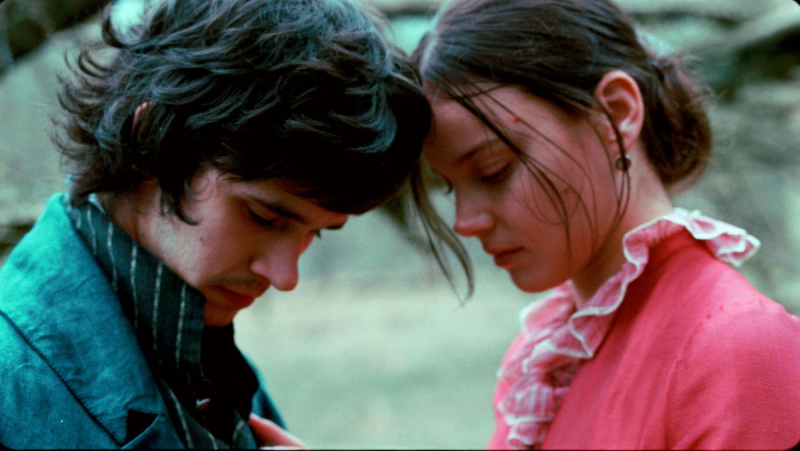
Source: Pinterest -
About 27 years after the death of John Keats, in 1848, his first full biography was finally brought to print by Richard Monckton Milnes. The project drew extensively on the papers and reminiscences of Keats’s friends, most notably Charles Brown (who had handed all his precious material to Milne in late 1840), Richard Woodhouse, Charles Dilke and Cowden Clarke. “Life, Letters, and Literary Remains of John Keats” was a major influence among the pre-Raphaelites and went a long way to establish Keats within the canon of English literature.
To quickly publish "The Memoirs and Remains of John Keats," his publisher and Woodhouse were the first in the sector. Brown and George Keats, two significant individuals in John's life, did not, however, provide the necessary aid. Brown was one of the people who disapproved of George's treatment of Keats and believed that the poet was a traitor, a liar, and a monster. Brown, who planned to write his own book, was denied access to any materials by George, who viewed Keats' buddy as a speculator. Brown, Taylor, and Reynolds would later get into more fights, destroying any possibility of an early biography.
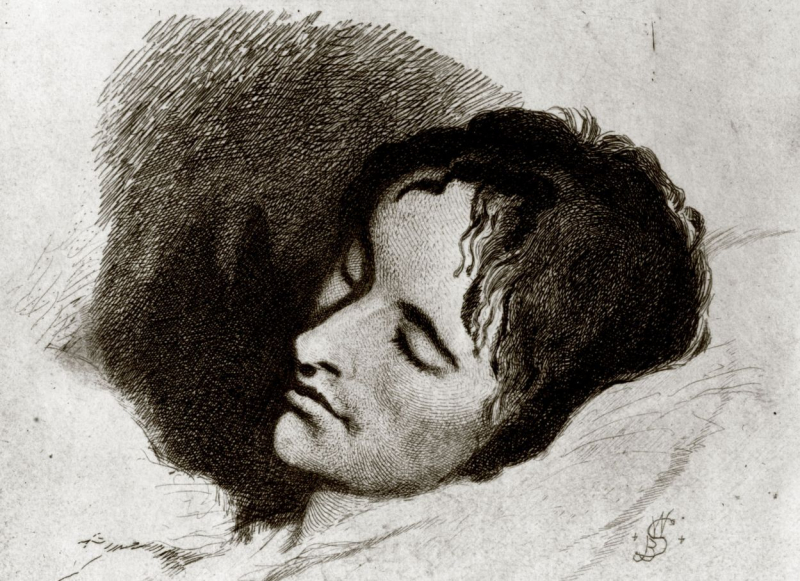
Source: wantedinrome.com 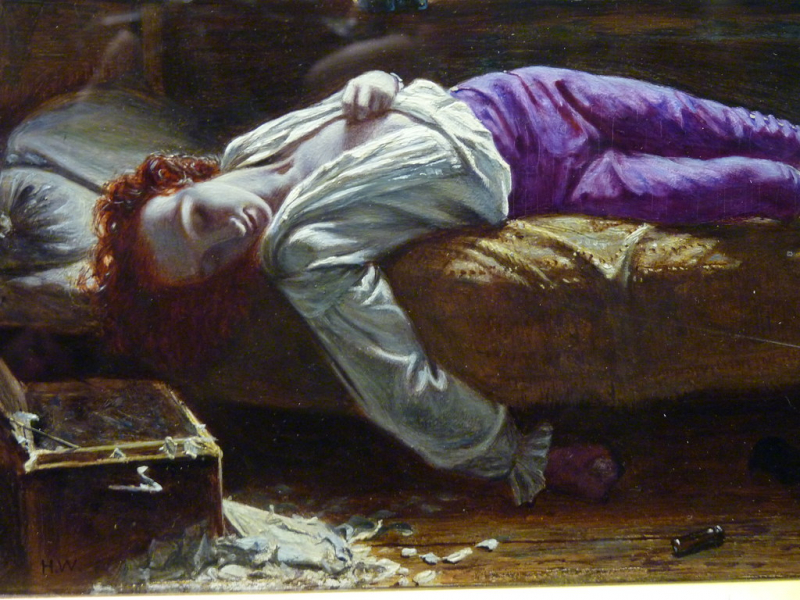
Source: Flickr -
Editor and critic Leigh Hunt introduced P.B. Shelley and John Keats in 1916. The two are said to have a cordial civil relationship that doesn't go any farther. Hunt claims that Keats did not view Shelley with the same kindness that Shelley did. Despite this, Keats and Shelley corresponded via letters after Shelley and his wife relocated to Italy, and when Keats became unwell, Shelley extended an invitation for him to stay with him in Pisa. However, Keats passed away in Rome in February 1921.
Shelly was devastated to learn of Keats' passing. He believed that the vicious criticisms of Keats in the "Quarterly Review" had hastened the poet's demise. As a result, he wrote an elegy to Keats in the pastoral style, referring to it as "the image of my sadness and honor for poor Keats." Adonais, which Shelley wrote roughly seven weeks after Keats passed away, is regarded as one of his best poems and, in the poet's own words, is the "least defective" of all of his compositions. It is a highly wrought piece of art, possibly greater in point of composition than anything I have written, Shelley wrote about the poem in June 1821.
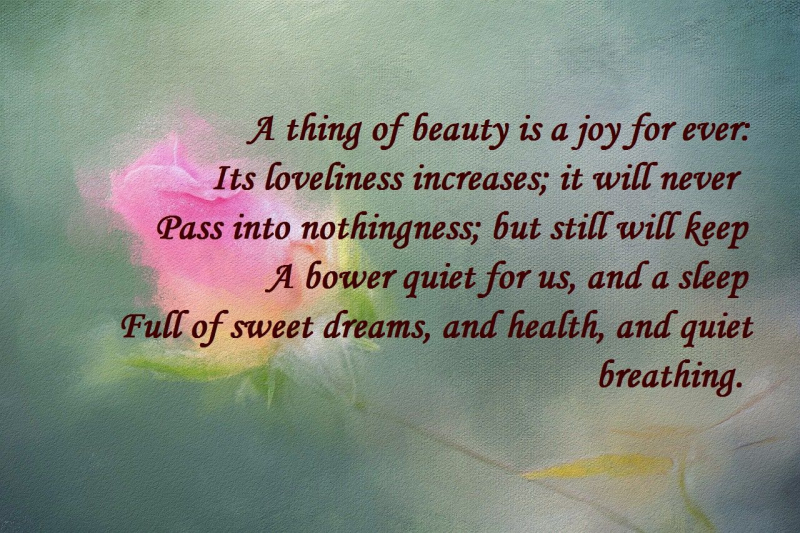
Source: Pinterest 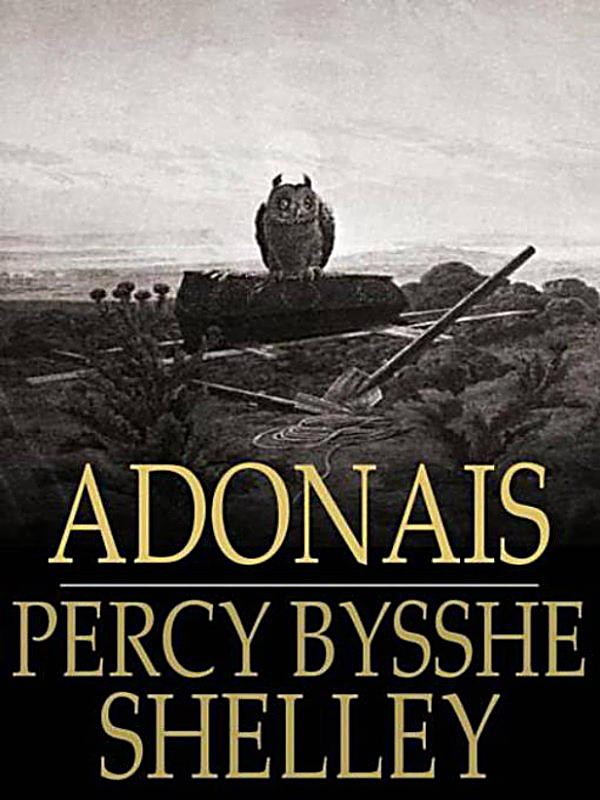
Source: weltbild.de -
Keats sent approximately 240 letters to his loved ones between 1848 and 1878, and over 240 of those letters are still in existence. These letters, which were at first met with shock and derision, are today seen with admiration that rivals that of Keats' poetry. The letters, which were written between 1816 and 1820, not only have biographical importance but also provide insightful information on Keats poetical philosophy, his awareness of his writing and language, and his views on the great works of his contemporaries and forebears. In these letters, Keats demonstrates his wit, good humor, and ideas on poetry, love, and the nature of man. The letters were later referred to the poet laureate T. S. Eliot as "the most noteworthy and most important ever written by any English poet”.
Keats' letters have long been recognized as a remarkable documentation of the poet's evolving style. The letters Keats wrote are "the most noteworthy and most important ever written by any English poet," according to T. S. Eliot. They are among the longest analyses of a poet's craft that any significant English poet has ever provided. They are outstanding pieces of literature in their own right, nevertheless, independent of the light they shed on the poetry. They reveal a strong brain striving to accept its own mortality. They are written with zeal and oftentimes painful truthfulness.
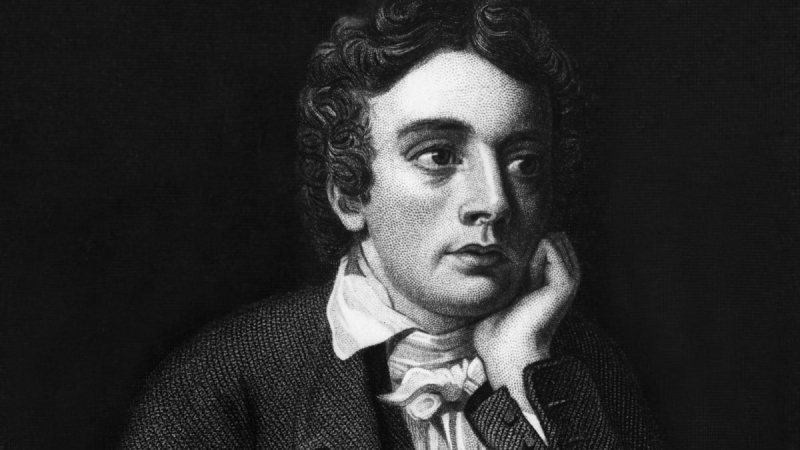
Source: BBC 
Source: azazie.com














